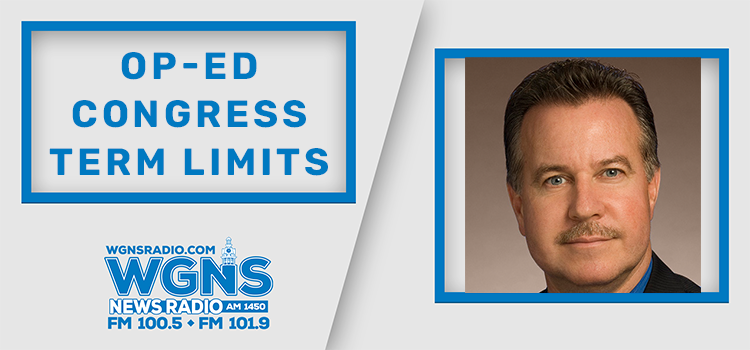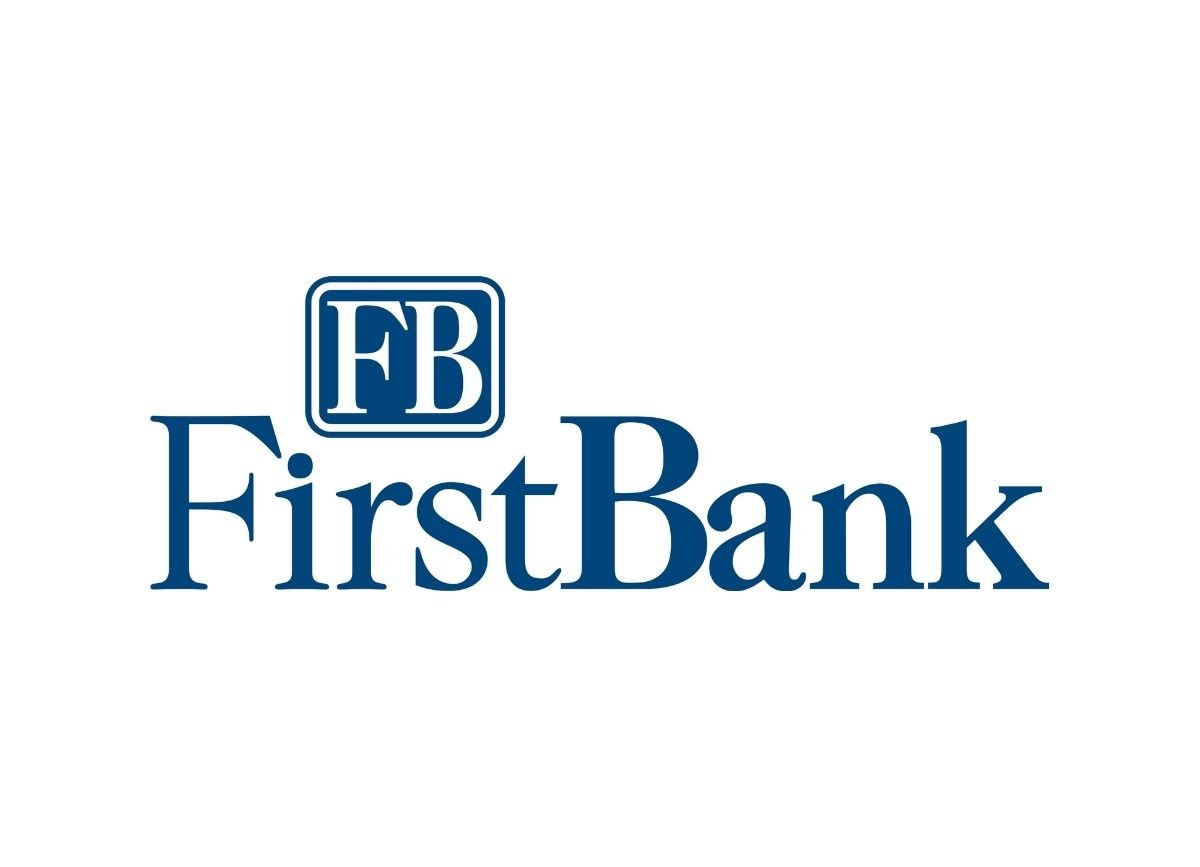Summary: Economic indicators point to accelerating growth and labor market improvement, but inflation concerns continue. Markit Economics reported “record rates of inflation registered for both goods and services,” calling this increase the sharpest since its data collection began in October 2009. Initial claims for unemployment decreased to 444,000, the lowest level since March 2020. Private sector firms signaled “unprecedented” expansion in May 2021, especially in the service sector. The Conference Board said that “real GDP could grow around 8 to 9 percent (annualized) in the second quarter.”
Federal Government Indicators and Reports
U.S. Census
Tuesday, New Residential Construction: “Privately‐owned housing starts in April were at a seasonally adjusted annual rate of 1,569,000. This is 9.5 percent below the revised March estimate of 1,733,000, but is 67.3 percent above the April 2020 rate of 938,000.”
Thursday, Services: “Advance U.S. selected services total revenue for the first quarter of 2021
. . . was $4,199.9 billion, an increase of 2.4 percent from the fourth quarter of 2020 and up 4.5 percent
from the first quarter of 2020.”
Bureau of Labor Statistics
Tuesday, Foreign-born Workers: “The unemployment rate for foreign-born persons in the United States was 9.2 percent in 2020, up sharply from 3.1 percent in 2019……… The jobless rate of
native-born persons also increased sharply; it was 7.8 percent in 2020, up from 3.8 percent in 2019. The marked increases in these measures reflect the effect of the coronavirus (COVID-19) pandemic.”
Wednesday, County Employment and Wages: “From December 2019 to December 2020, employment decreased in 352 of the 357 largest U.S. counties.” Rutherford County was one of only five of these 357 counties where employment increased from December 2019 to December 2020, increasing
0.5 percent. Employment in Davidson County decreased 6.6 percent.
Friday, State Employment and Unemployment: “Unemployment rates were lower in April in 12 states and the District of Columbia and stable in 38 states.” Tennessee’s unemployment rate decreased from 5.1 percent to 5.0 percent from March to April 2021.
Department of Labor
Thursday, Initial Claims: “In the week ending May 15, the advance figure for seasonally adjusted initial claims was 444,000, a decrease of 34,000 from the previous week’s revised level. This is the lowest level for initial claims since March 14, 2020 when it was 256,000.”

U.S. Treasury
Monday, Net Capital Flows: “The sum total in March of all net foreign acquisitions of long-term securities, short-term U.S. securities, and banking flows was a net [treasury international capital] inflow of $146.4 billion.”
Economic Indicators and Confidence
Federal Reserve
Wednesday, FOMC Minutes: “The information available at the time of the April 27–28 meeting suggested that U.S. real gross domestic product (GDP) had increased in the first quarter of 2021 at a pace that was faster than in the fourth quarter of last year but had not yet returned to its pre-pandemic level. Labor market conditions improved markedly in March, though employment remained well below its level at the start of 2020.”
The Conference Board
Thursday, Leading Economic Index: “‘With April’s large monthly gain to start the second quarter, the [index] has now recovered fully from its COVID-19 contraction—surpassing the index’s previous peak, reached at the very onset of the global pandemic in January 2020,’ said Ataman Ozyildirim, Senior Director of Economic Research at The Conference Board. ‘While employment and production have not recovered to their pre-pandemic levels yet, the [index] suggests the economy’s upward trend should continue and growth may even accelerate in the near term. The Conference Board now forecasts real GDP could grow around 8 to 9 percent (annualized) in the second quarter, with year- over-year economic growth reaching 6.4 percent for 2021.’”

Markit Economics
Friday, Composite PMI: “Private sector firms across the U.S. signalled an unprecedented expansion in business activity in May. Growth was driven by the fastest service sector upturn on record, with the increase in manufacturing output also accelerating amid stronger client demand…………………………………………………………………………… The steep
rise in costs fed through to the sharpest increase in output charges since data collection began in October 2009, with record rates of inflation registered for both goods and services as soaring demand boosted firms’ pricing power.”

Mortgages and Housing Markets
National Association of Home Builders
Monday, Housing Market Index: “Builder confidence held stable in May, despite growing concerns over the price and availability of most building materials, including lumber.” The index “shows that builder confidence in the market for newly built single-family homes is 83 in May, unchanged from April.”
Mortgage Bankers Association
Wednesday, Mortgage Applications: “Mortgage applications increased 1.2 percent from one week earlier. There continues to be strong demand for buying a home, but persistent supply
shortages are constraining purchase activity, and building material shortages and higher costs are making it more difficult to increase supply. As a result, home prices and average purchase loan balances continue to rise, with the average purchase application reaching $411,400—the highest since February.”




















